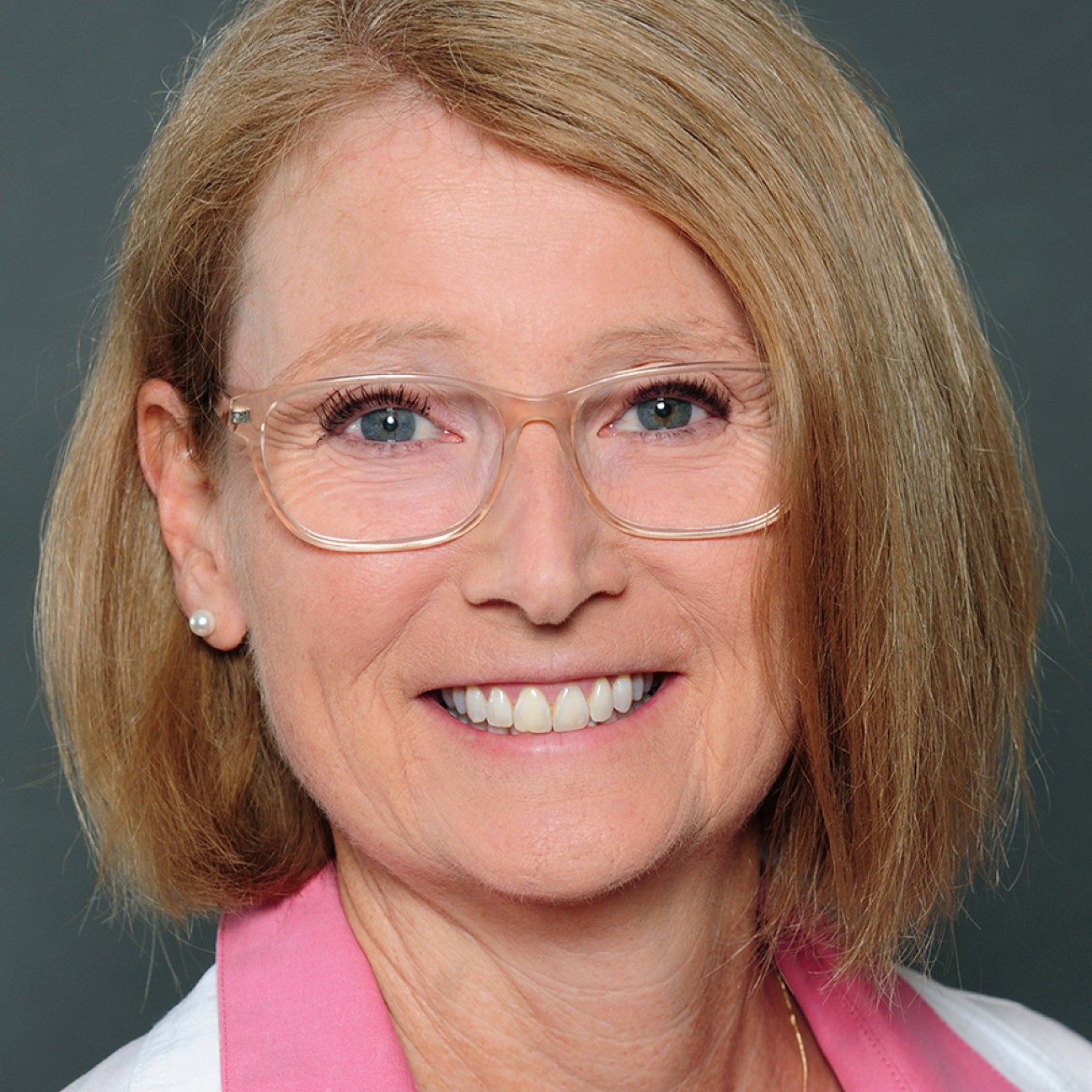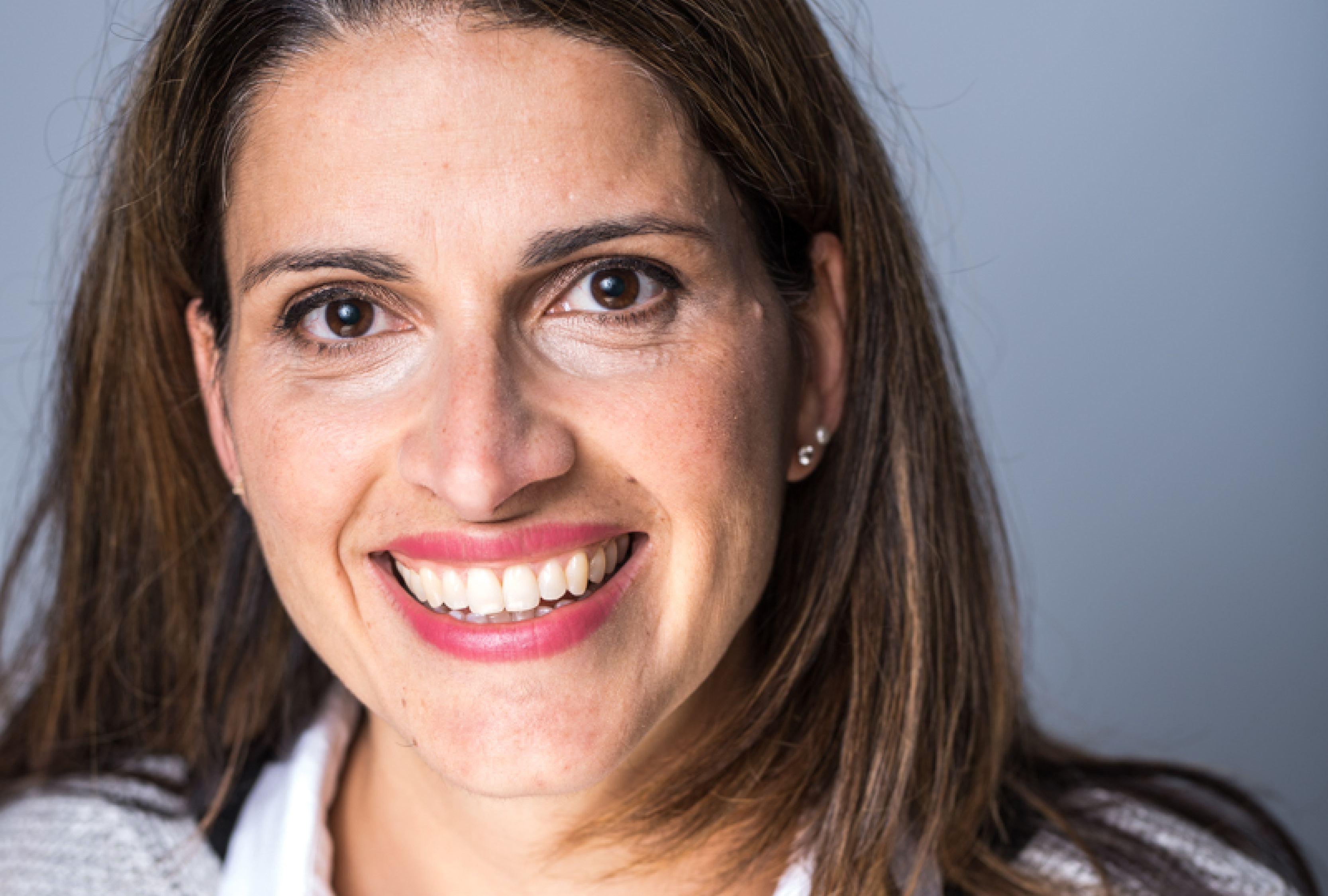Bilateral PSC works to implement Physician Services Agreement and advocate for change
Every day, physicians are involved in advocating for their patients and for positive change within their specialties and institutions. That can make a huge difference. So can more comprehensive discussions and action on health-system transformation. That’s happening through the work of the Ontario Medical Association’s Physician Services Committee.
“I think it’s critical to be involved in physician advocacy in a time like now,” said Dr. Jane Purvis, co-chair of the PSC.
The PSC is a bilateral committee of the OMA and the Ministry of Health and meets monthly. Its main mission has always been to oversee implementation of the negotiated Physician Services Agreement. After the 2017 agreement, both parties decided that the committee should also function at a more strategic level, as a forum to explore urgent and emergent issues on the health-care-system agenda and to engage in collaborative decision-making.
Dr. Purvis described it as a joint effort to “reimagine health care going forward.” While many stakeholders are weighing in on defining that future, she said “we can bring the physician lens to some of the questions and make sure the physician voice, on behalf of all the OMA members, is heard loud and clear by the government.”
The 2021 Physician Services Agreement was ratified in March 2022 and a new PSC was constituted last fall. The OMA and the ministry have been focused on implementing initiatives agreed to under the 2021 agreement.
Negotiations for the 2024 agreement are scheduled to begin in the fall of 2023. As with the previous agreement, it is the OMA’s expectation that the Negotiations Task Force and PSC will operate concurrently.
The PSC serves as a steering committee, striking additional committees, sub-committees and working groups as needed (there are currently 26) to address implementation and operational issues related to the agreement. That includes areas such as payments, technical fees, claims adjudications, the joint OMA-Ministry of Health Innovation Fund, hospital on-call coverage, alternative payment plans and more.
The OMA staff works alongside the ministry on detailed implementation issues, providing the PSC with reports and updates, allowing the committee to focus on big-picture issues and their impact on health care.
Dr. Purvis was drawn to the PSC by the opportunity to help solve problems at the system level “at this time of great change in health care.” For her, ratification of the 2021 agreement without the need for arbitration has been the most notable achievement, but she is also encouraged by the ongoing bilateral work on digital health and physician burnout. Both issues were already significant prior to 2020 and “became absolutely critical during the pandemic,” she said.
It’s vital for the PSC to focus on opportunities that can drive better outcomes for physicians, patients, government and the system alike, Dr. Purvis said. That’s true with efforts to address burnout, for example, which touch on supporting physician satisfaction and efficiency, reducing the administrative burden and freeing time for more patient-focused work.
OMA members want to know that their views on any new policy discussions or decisions coming forward will be communicated to government. The PSC is one of the vehicles through which members of the PSC bring a diverse mix of backgrounds, experiences and insights.
 “We’re trying to recognize the various groups within the OMA membership, and make sure that everybody’s goals and aspirations are being realized at the (PSC) table,” Dr. Purvis said.
“We’re trying to recognize the various groups within the OMA membership, and make sure that everybody’s goals and aspirations are being realized at the (PSC) table,” Dr. Purvis said.
The committee is mandated to receive and consider reports and recommendations as set out in the Physician Services Agreement and to advise on the changing role of physicians within the health-care system. That includes possible improved models of delivery and compensation for services. PSC members also develop recommendations that can lead to enhancing the quality and effectiveness of medical care in Ontario.
Dr. Jane Purvis is co-chair of the Physician Services Committee
The current approach makes for an even more valuable body than previous iterations of the PSC. Dr. Purvis said the broader mandate allows both sides to be less reactive and to look at widespread system benefits.
Her predecessor as co-chair on the OMA side, Dr. Silvia Orsini, said it was essential for the PSC to widen its scope beyond the Physician Services Agreement. One of the things that attracted her to the position was that transition and the chance to work on strengthening the relationship between the two parties.
“Before 2019, the OMA and the ministry went through an acrimonious phase when we couldn’t get a negotiated agreement and the relationship broke down in that time,” Dr. Orsini said.
The PSC suffered as a result. She said it doesn’t work when either side suggests solutions – whether around primary care reform, family health teams, EMRs, home care, wait times or any other major issue – without talking to the other party. “If you’re operating in silos, you’ll inevitably run into problems.”
The government may not fully appreciate the boots-on-the-ground situation, while physicians may not understand the bureaucratic nuances around a solution, Dr. Orsini explained. While she’s proud of specific achievements during her PSC tenure, including progress on post-payment accountability, the biggest triumph was simply what she called a “relationship reset.”
The Physician Services Agreement, which has historically been the focus of the PSC, remains the fundamental piece. Still, “if you’re only coming together to discuss implementation of that document, that’s finite,” Dr. Orsini said.
“The agreement is a single point in time. It doesn’t allow for bigger thinking or discussion of other matters that aren’t in the document. We have to look forward to what those items might be and establish relationships so we can have those conversations in a timely manner.”
 The PSC isn’t the only mechanism for the OMA and the government to engage in such dialogue, but it’s a prime vehicle through which to build fruitful relationships. “That’s your starting point,” Dr. Orsini said.
The PSC isn’t the only mechanism for the OMA and the government to engage in such dialogue, but it’s a prime vehicle through which to build fruitful relationships. “That’s your starting point,” Dr. Orsini said.
Physicians need to feel some ownership around health-care-system planning, she added. Whatever those plans, they need to be anchored around putting patients first.
“When we were discussing system issues or challenges that the ministry or physicians were facing, we were best able to bring that information to light with a story of a patient. It’s through those stories that you usually can get politicians and bureaucrats to listen,” Dr. Orsini explained.
Dr. Silvia Orsini is past chair of the Physician Services Committee
At a system level, Dr. Purvis sees reason for optimism around not just digital health and burnout, but also outpatient surgical sites, increased medical school spots and decreased regulations for foreign-trained physicians.
“I think physicians were feeling that the system wasn’t working well,” she said. “There’s a willingness on all sides now to work collaboratively to improve and do things in a different way from before. What we’d like is that people will have a sense of hope. It might take a while to steer the ship but it’s pointing in the right direction.”
Through their experiences on the PSC, both Dr. Orsini and Dr. Purvis have learned a lot about what change looks like and what supports it.
“The biggest takeaway I had was that change is rarely seismic. It’s usually incremental,” Dr. Orsini said. “That’s a tough thing for some people. These are complicated systems. You have to be OK with getting people to open their eyes to a different way of thinking and a different perspective.
“Maybe that’s not going to change minds today. But maybe that will form the chain of thoughts and decisions that get you where you want to be.”
Dr. Orsini said her time on the PSC has given her a window into the challenges facing health-care decision-makers and a new perspective on treating her patients. “It has made me appreciate the simplicity of breaking down my involvement within the system to one interaction at a time, to that one patient sitting in front of me.”
“The health-care system in Ontario is a patchwork of tired people, working under old rules, trying to incorporate new technologies and somehow save money at the same time,” she added.
“Patients don’t understand the hows and whys of any of this. My hope for patients is to not be left wondering who to blame, but rather who to thank. I want them to find the care they need quickly and easily when they need it, and without feeling like they are a burden to the system. It is our job as physicians to get them that level of care, and it is the government’s job to enable us to do so.”
Having served on two PSCs, Dr. Purvis said she feels that people on both sides of the table have the public’s interest at heart. She has come to realize that many system-level challenges can’t just be fixed with the stroke of a pen, given complex issues with legislation and regulations and the interplay between multiple ministries.
“But with steady pressure, you can make things happen,” she said. “I am feeling more hopeful for health care in Ontario, and the patient experience in particular, as all parties are agreeing to work collaboratively on both short- and long-term solutions that will lead to measurable improvement.”
Stuart Foxman is a Toronto-based writer.
OMA representation:
Ministry of Health representation: